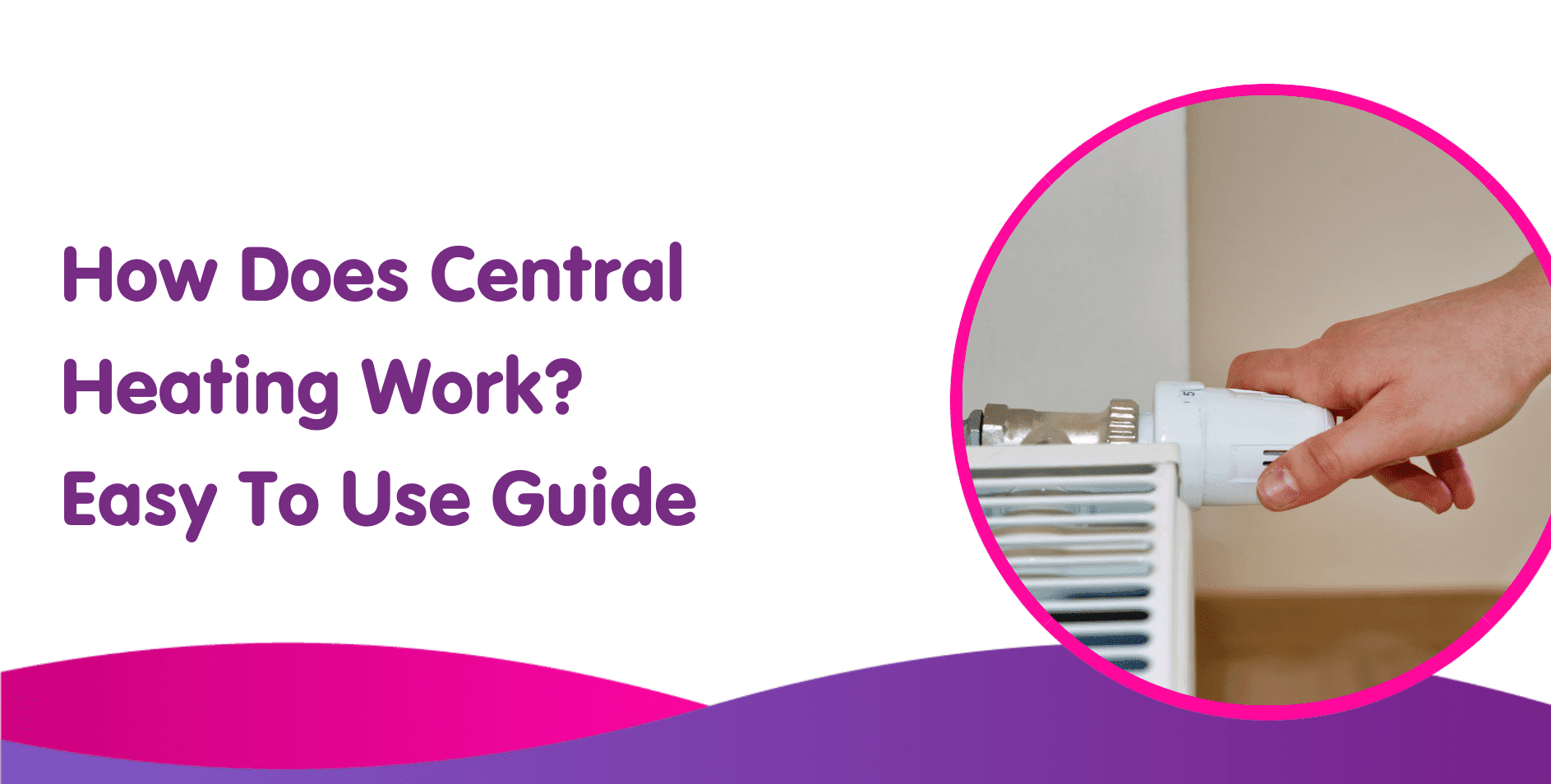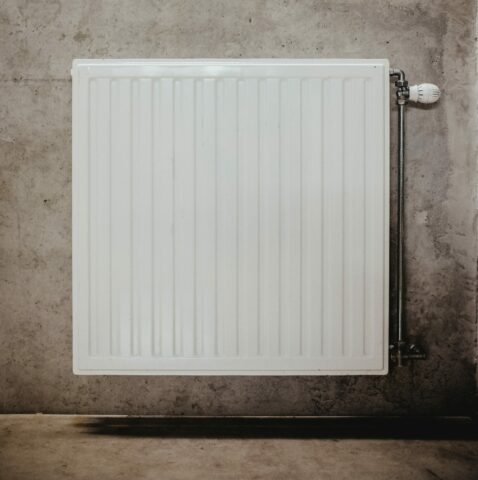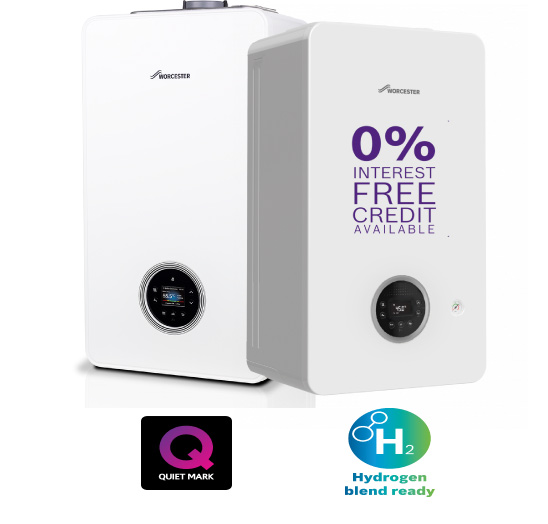How Does Central Heating Work? Easy To Use Guide

Jump to:
How does central heating work & how to make it run efficiently
With the ever-changing UK weather, keeping our homes nice and toasty is a high priority for all Brits.

Therefore, understanding central heating, how it works and what type of central heating system you have, should be of equal importance, therefore in this guide runs through the main types of central heating and how they work.
Looking for the best central heating combi boiler? Combi boilers are the most popular type of boiler in the UK so read our best combi boiler guide here to find a boiler perfect for your home.
Get Boiler & Central Heating CoverGet an online fixed price in 20 seconds:
What is Central Heating?
Put simply, central heating is how your home, and its water, stay warm. This usually comes from your boiler and heats the house through piping which travels to your radiators which then convect heat around your room.

How efficiently this happens depends on how good your boiler is as well as how energy efficient your radiators are and you can see which are the best radiators in our guide.
The boiler will often be placed in a handy place like a bathroom, loft, or kitchen cupboard where it will use water moved by an electrically powered pump to carry heat into the other rooms.
Ensure your central heating is working all year round and protect yourself from breakdowns with our boiler and central heating cover plan.
Get Boiler & Central Heating CoverGet an online fixed price in 20 seconds:
What Are the Different Types of Central Heating Systems?
There are four main types of central heating available for UK households. The most popular are wet systems, followed by electric storage heaters.
1. Wet Central Heating
Wet Central Heating is the most prevalent heating system in UK households. For this type of heating, water flows through the circuit continuously and is heated by the boiler, which then feeds into radiators throughout the house. These are usually powered by gas boilers such as combi boilers, system boilers or regular boilers however there are alternatives such as heat pumps and electric combi boilers
2. Electric Storage Heaters
For electric storage heaters, radiators use electricity to charge and release heat when necessary. This system often relies on bricks within the storage heater, which contains electric elements to create heat. Some electric storage heaters also include fans that push the warm air through the radiators. This is different to an electric combi boiler which would come under wet central heating, however it is similar to electric infrared heating panels.
3. Warm Air Systems
Although a less popular heating system in modern times, some UK builds still feature a warm air system. This works by taking in cold air from outside which then gets fed to the boiler to be heated. It’s then released by vents into each room as warm air.
4. District Heating
Finally, district heating is another old heating system that can still be found in a few houses today. This system involves no boiler and instead gets hot water from a centralised heating source using insulated pipes. The benefits of this type of heating is that its very energy efficient and uses no carbon.
5. Underfloor heating
Underfloor heating can be in the form of a wet or dry heating system. A wet underfloor central heating system passes water through pipes underneath flooring whereas a dry underfloor heating system is powered by electricity which is passed through cables that are situated underneath tiles or laminate flooring. Underfloor heating works well with air source heat pumps.
Get Boiler & Central Heating CoverGet an online fixed price in 20 seconds:
What Type of Central Heating Do I Have?
With several different types of central heating systems around it can be difficult to understand which type you have in your home. Chances are you will have wet central heating due to it being the most common type of heating in the UK. According to a study by the Climate Change Committee, wet central heating features in roughly 85% of UK homes. You’ll be able to tell if this applies to you if you have a boiler that pumps hot water into your radiators.
If you’re still unsure which type of system you have, get in touch with our advisors via our contact page.
How Does My Central Heating Work?
In a wet central heating system, a circuit moves continuously and kicks out hot water from the boiler. It then delivers hot water to all the radiators and goes back again to pick up more heat. Unless the water is drained for maintenance, it is kept permanently sealed inside the system and circulates the home every day. The modern system is now likely to include parallel branches and trunks. Thus, several radiators are fed out from a common trunk pipe.
If your system is included with a heat pump or an air conditioner, then it will be considered as a forced-air system. The cooled air from the heat pump or air conditioner usually delivers through the same register or ductwork registers operated by heated air. The heat pump can provide both a cooling and heating facility. In the winter season, heat pumps collect and extract air from outside and deliver it indoor in the room.
Central Heating Systems Explained
In general, the practice is far more convoluted and complex than this. But a general explanation of the wet central heating process is as follows.
- You get and use natural gas in your home, which is delivered through a pipe from the street. The heat that will work to warm up your home will be stored inside the natural gas as a chemical compound.
- The boiler burns gas and creates hot jets that will play the role of a heat exchanger (most of the time, a copper pipe contains hot water bands back and forth several times with the gas jets and thus it picks up the maximum amount of heat). As a result, the heat energy transfers from the gas to the water.
- An electric pump in the system pushes the heated water thoroughly in the whole system.
- Water flows like a closed-loop inside the radiator by entering on one side and leaving on another side. This is because the water becomes cooler once leaving the radiator than it is once it enters the radiator.
- The pump of the system is powerful enough to push water upwards through the radiators. If it’s not, then you might need to repressurise the boiler.
- A thermostat is usually required to monitor the temperature and switch the boiler off and on when it is hot enough.
- Wasted gas from the boiler leaves via a small smokestack which is called a boiler flue and later disperses in the air.
Get an online fixed price in 20 seconds:
How is Central Heating Controlled?
You can regulate your central heating and choose the ideal temperature for you via your radiator valves and via a thermostat, this can either be built into your home or a wireless thermostat that is portable.
A thermostat usually monitors room temperature, switching the boiler off when it becomes hot enough. However, other heating systems can come with timers, which turn your boiler on and off at times set by you. A more advanced option is a smart thermostat, which can be controlled via your mobile or computer.
This is so your central heating cost per hour isn’t through the roof due to leaving it on, even when it isn’t necessary.
Read more: How to Use a Central Heating Thermostat
For more information and advice on central heating, visit our contact page, and we will contact you as soon as possible to help with your query. Alternatively, if you are looking to get a new boiler, you can get a fixed price here in 20 seconds.
Get Boiler & Central Heating CoverGet an online fixed price in 20 seconds:


